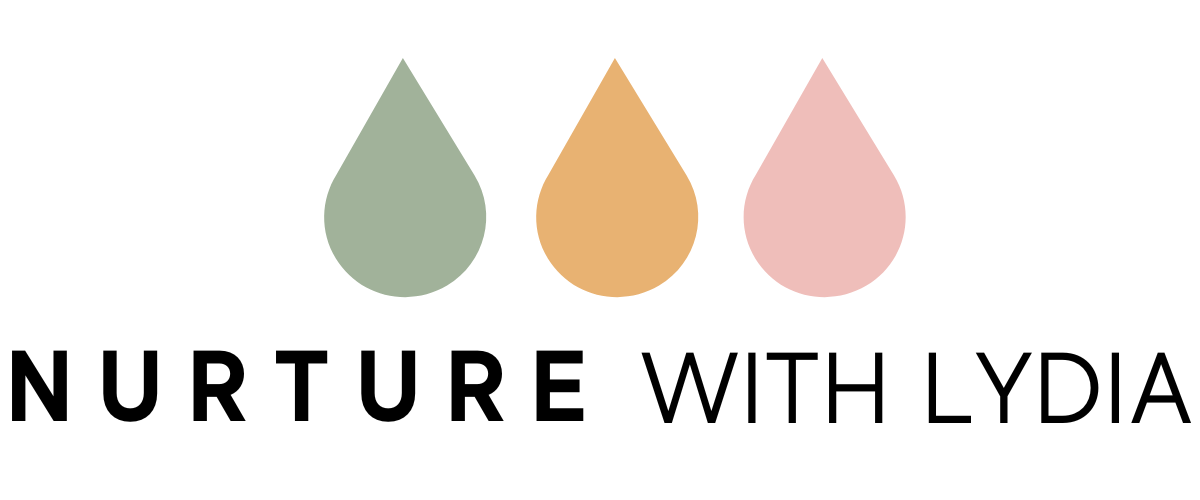Paced bottle feeding tips
What is paced bottle feeding?
Paced bottle feeding is a technique used to slow down and pace your baby’s feed. Read on to find out why it’s so important and how to use this technique.
Why do I need to pace my baby’s feed?
It’s important to pace your baby’s feed for many reasons. When a baby breastfeeds, they have control over the milk flow and how much they intake. But with the much faster flow of a bottle, they need help to slow down their bottle feed.
Allow your baby to learn their fullness cues
Giving your baby the option to stop feeding when they’re finished as opposed to when you think they should finish supports a healthy relationship with food in later life as they learn to stop eating when they feel full.
Avoid risk of overfeeding
A bottle fed baby can be overfed if they’re not given ample opportunity to finish their feed when they wish to. If the fast flow of milk is not paced, they will continue to guzzle even if they’re full. This can not only increase wind, reflux and colic symptoms, but it also increases the risk of obesity in childhood and adulthood.
Create a responsive, respectful feeding relationship
Responding to your baby’s fullness cues and giving them plenty of opportunity to show you when they’re full is the best way to create a respectful feeding relationship. Keep an eye on your baby’s behaviour during the feed. Any squirming, turning their head away, coming off of the bottle or stopping - allow them to finish the feed when they’re ready to – never force or encourage them to finish a feed if they’re uninterested.
How do I pace my baby’s bottle feeds?
To pace your baby’s feed you need to:
Keep the bottle horizontal, never tipping up into their mouth. The milk should cover the bottle’s airhole but never tipping and essentially pouring milk into your baby’s mouth.
If your baby doesn’t naturally do so, after a few sucks either remove the bottle or drop it down to stop the milk flow. This gives them the chance to catch their breath and also many opportunities to finish their feed.
Bottle fed babies take in more air than breastfed babies, so you can use these pauses to give them a little burp
Observe your baby closely throughout the feed and pause the feed if they’re showing signs of fullness or struggling to manage the milk flow (turning their head away, coming off of the bottle, squirming)
Never force them to finish a feed if they are showing signs of fullness. It can be frustrating to waste milk, but it is crucial to follow your baby’s lead
Always burp them at the end of the feed
For more support with bottle feeding, see my full list of support services and book some time with me.

